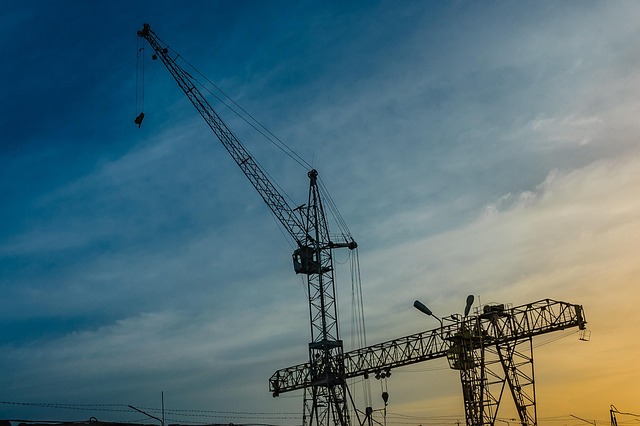Understanding the Impact of Green Regulations on Modern Infrastructure
In today’s rapidly evolving world, the intersection of environmental consciousness and infrastructure development has never been more critical. Green regulations are reshaping how we design, build, and maintain our cities, transportation systems, and utilities. For anyone involved in the infrastructure sector—or those simply passionate about sustainable living—getting to grips with these regulations is essential.
What Are Green Regulations?
Green regulations are laws, policies, and standards aimed at reducing the environmental footprint of construction and infrastructure projects. They ensure that new developments prioritize energy efficiency, reduce emissions, conserve natural resources, and protect ecosystems.
These regulations affect a wide range of activities including:
- Materials selection and waste management
- Energy consumption standards
- Water conservation and stormwater management
- Air quality controls
- Land use and habitat preservation
Why Green Regulations Matter in Infrastructure
Infrastructure projects, by their very nature, can significantly impact the environment. From the extraction of raw materials to the long-term operation of facilities, every stage offers opportunities to either harm or help the planet. Green regulations act as a safeguard, ensuring projects minimize negative effects and contribute positively to sustainability goals.
Moreover, adhering to these standards is no longer optional for most governments and private developers. Failure to comply can lead to costly fines, halted projects, and reputational damage. On the flip side, embracing green regulations often opens doors to incentives like tax breaks, grants, and access to environmentally conscious investors.
Common Green Regulations in Infrastructure Projects
While specifics vary by region, some common green regulations include:
- LEED Certification Requirements: Many projects aim for or are mandated to meet standards from the Leadership in Energy and Environmental Design (LEED) program, focusing on energy, water, and materials efficiency.
- Emissions Limits: Regulations set limits on greenhouse gases and other pollutants released during construction and operation, urging cleaner alternatives.
- Renewable Energy Integration: Requirements to incorporate solar panels, wind turbines, or other renewable sources into infrastructure designs.
- Stormwater Management: Policies mandating systems to control runoff and prevent water pollution.
- Material Sourcing Standards: Encouragement or mandates to use recycled, locally sourced, or sustainably harvested materials.
How to Navigate and Embrace Green Regulations
Successfully understanding and implementing green regulations requires proactivity and collaboration among planners, engineers, contractors, and environmental experts. Here’s how to stay ahead:
- Stay Informed: Regulations evolve rapidly. Subscribe to industry newsletters and attend relevant conferences.
- Early Planning: Integrate sustainability benchmarks from the initial design phases to avoid costly retrofits.
- Engage Specialists: Work with environmental consultants to assess impacts and compliance needs.
- Use Technology: Leverage software and modeling tools that optimize resource use and monitor environmental metrics.
- Community Involvement: Include local stakeholders to balance infrastructure goals with ecological and societal concerns.
The Future of Infrastructure and Green Regulations
As the world pushes towards net-zero emissions and resilient urban environments, green regulations will only grow stronger and more sophisticated. Those in the infrastructure field who embrace these changes are positioning themselves as forward-thinking leaders who not only comply but innovate. The journey might be complex, but the outcomes promise cleaner air, healthier communities, and long-term economic benefits.
Green regulations are more than just rules—they’re part of a global movement to ensure that infrastructure development supports a sustainable future for generations to come. Whether you’re a policymaker, developer, or citizen, understanding these regulations helps us all engage in creating a greener built environment.




